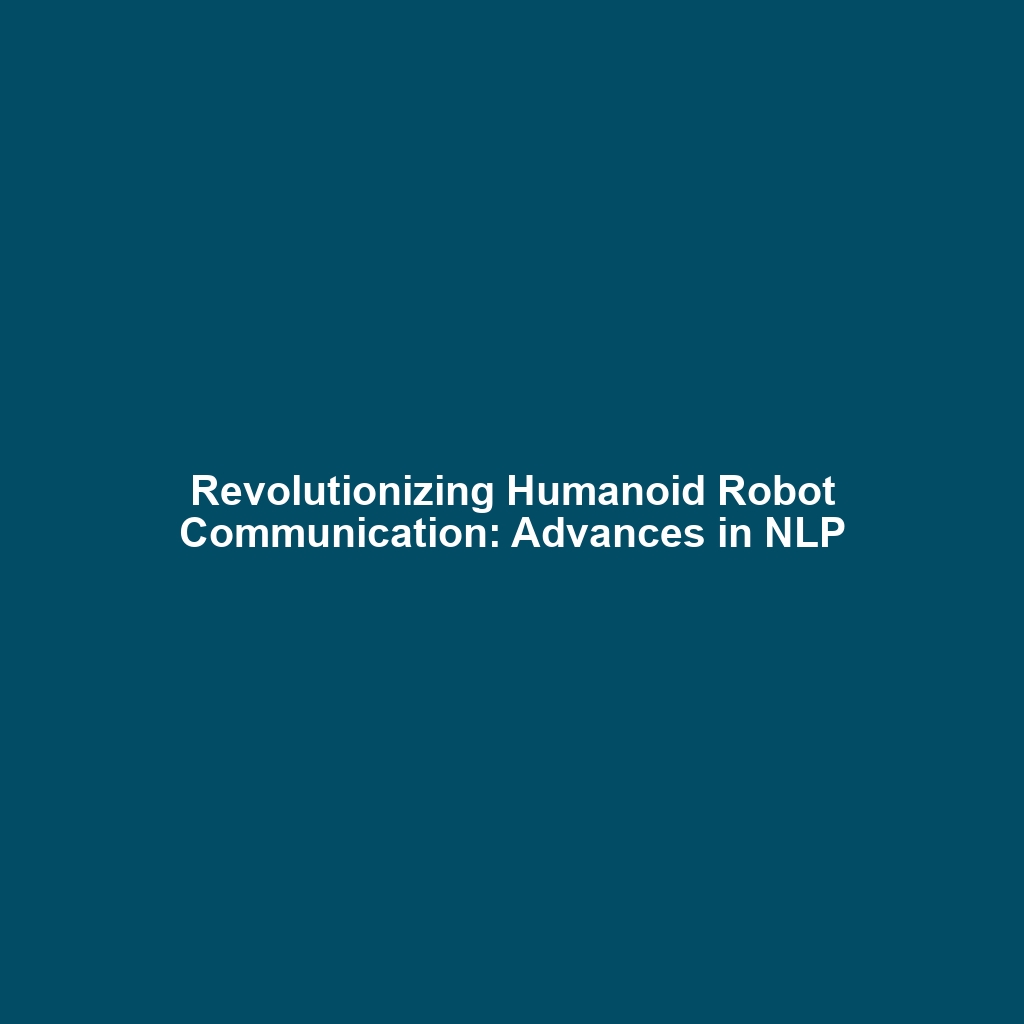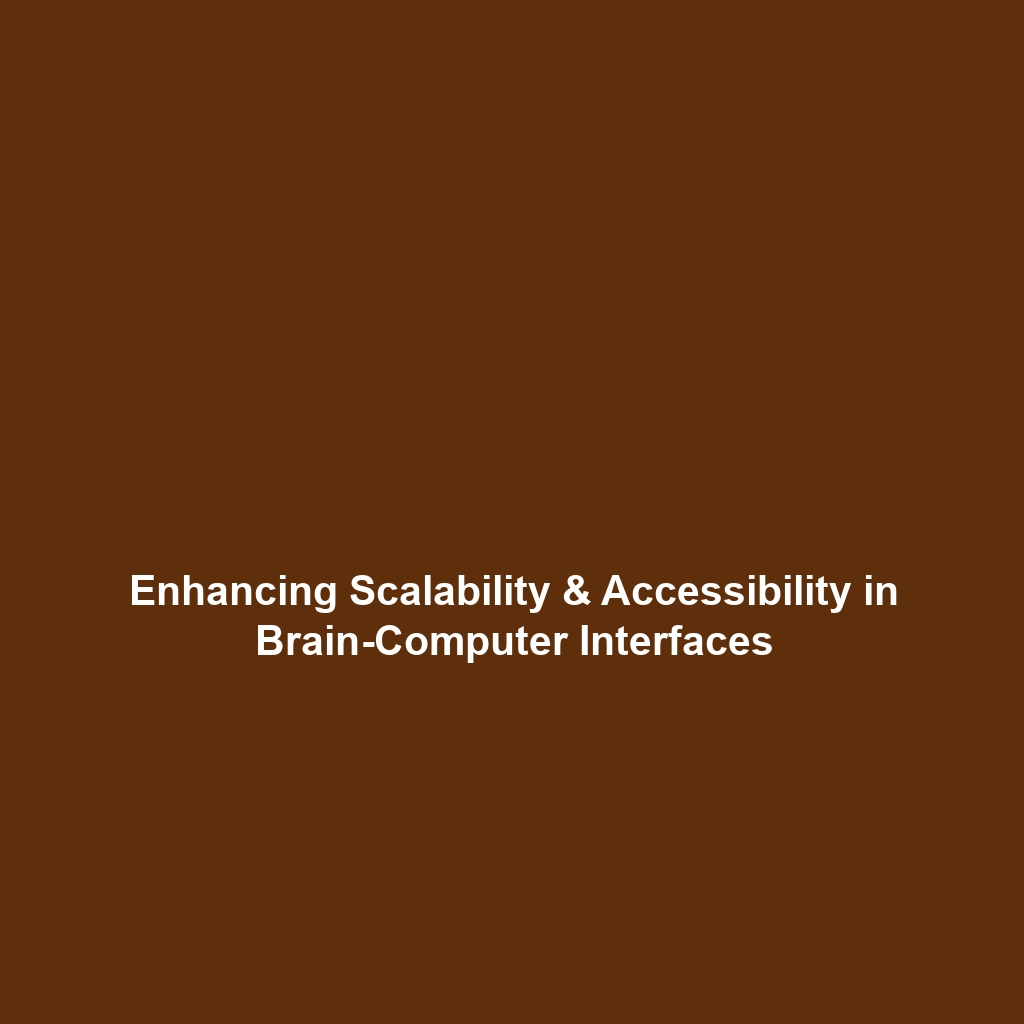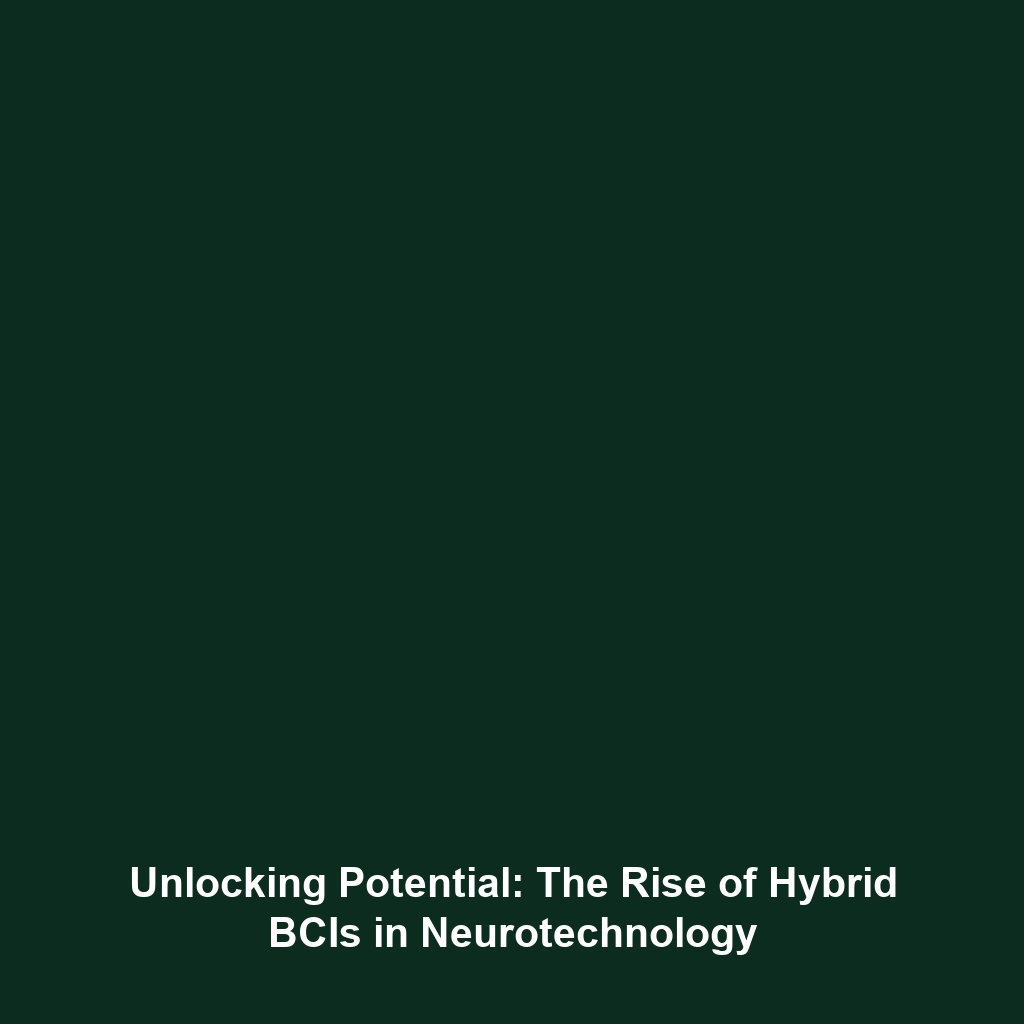Advances in NLP That Improve the Fluidity and Accuracy of Humanoid Robot Communication
Introduction
Natural Language Processing (NLP) is transforming the realm of humanoid robots, significantly enhancing their ability to communicate fluidly and accurately with humans. As robotics technology continues to evolve, the integration of sophisticated NLP techniques has become crucial for creating more intuitive and effective humanoid robot interactions. This advancement in NLP directly influences both the functionality and usability of humanoid robots, making them increasingly valuable in various sectors such as healthcare, customer service, and entertainment.
Key Concepts in NLP and Humanoid Robots
Understanding how NLP advances enhance humanoid robot communication involves several key concepts:
- Machine Learning Algorithms: These algorithms enable robots to learn from interactions, improving their conversational capabilities over time.
- Contextual Awareness: NLP advancements allow humanoid robots to understand context, making conversations more relevant and meaningful.
- Sentiment Analysis: This includes the ability of robots to assess emotional tone, enabling them to respond appropriately to human emotions.
- Speech Recognition: Enhanced speech recognition technologies help robots accurately interpret human speech, leading to fewer misunderstandings.
Applications and Real-World Uses
The applications of NLP in humanoid robots are diverse and impactful. Here are some significant real-world uses:
- Healthcare Assistance: Humanoid robots equipped with advanced NLP can assist healthcare professionals by understanding and relaying patient information effectively.
- Customer Service Automation: Robots can handle customer inquiries seamlessly, providing quick and accurate responses that improve customer satisfaction.
- Educational Support: In educational settings, humanoid robots utilizing NLP can provide personalized tutoring, adapting to individual learning paces.
These examples illustrate how advances in NLP are increasingly utilized in humanoid robotics, enriching interactions and functionality.
Current Challenges in NLP for Humanoid Robots
While NLP technologies have made significant strides, several challenges remain in their application to humanoid robots:
- Language Ambiguity: Natural language can be ambiguous; robots must interpret context accurately to avoid miscommunication.
- Linguistic Limitations: Many NLP systems struggle with various dialects, idioms, and linguistic nuances.
- Privacy Concerns: The data required for advanced NLP systems raises privacy and ethical challenges regarding user data handling.
- Technical Integration: Seamlessly integrating advanced NLP tools with robotic hardware poses technical obstacles.
Future Research and Innovations
The future of humanoid robots is bright, with ongoing research promising to tackle existing challenges and enhance NLP capabilities:
- Multi-modal Learning: Future innovations may focus on integrating visual and auditory information, creating a more holistic understanding of interactions.
- Improved Emotion Recognition: Breakthroughs in affective computing could lead to robots that better recognize and respond to human emotions.
- Adaptive Learning Systems: Research into adaptive NLP systems will allow robots to personalize interactions based on user behavior and preferences.
Conclusion
In conclusion, advances in Natural Language Processing are pivotal in enhancing the fluidity and accuracy of humanoid robot communication. As researchers continue to address the challenges and explore innovative solutions, the potential for humanoid robots in various fields will only grow. For more insights into robotics and technologies shaping our future, consider visiting our related topics page for further reading.


